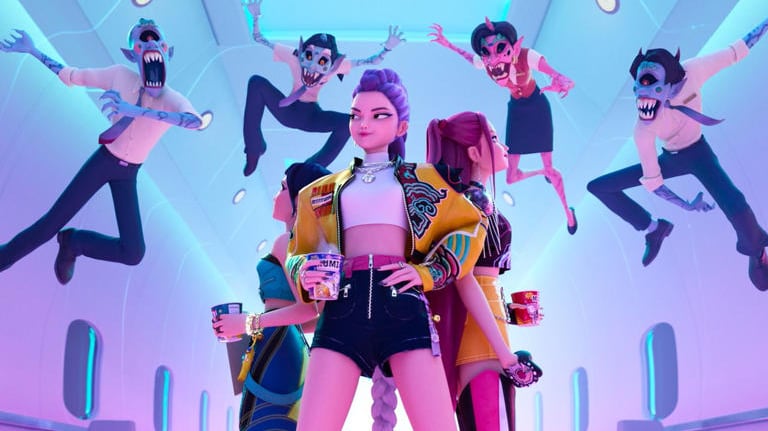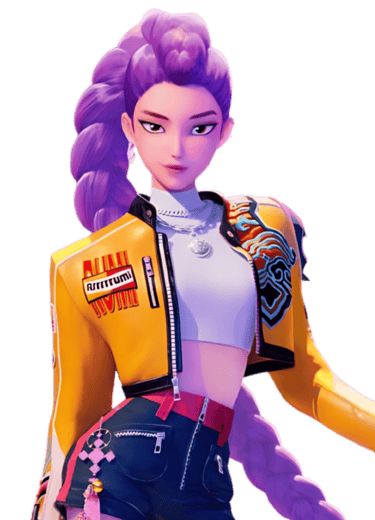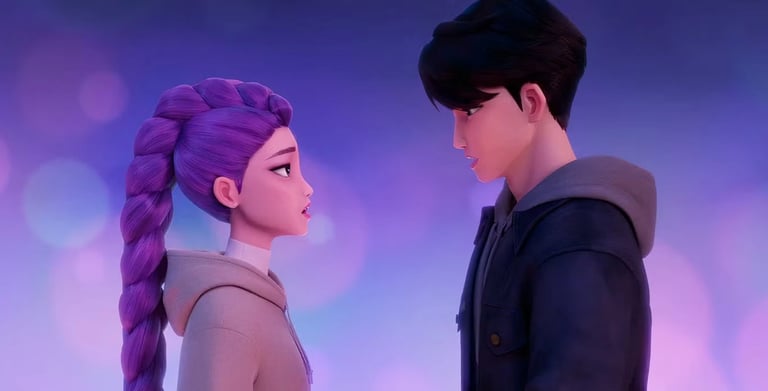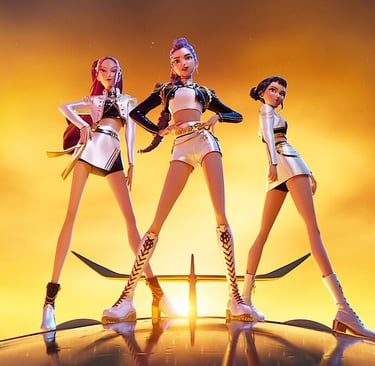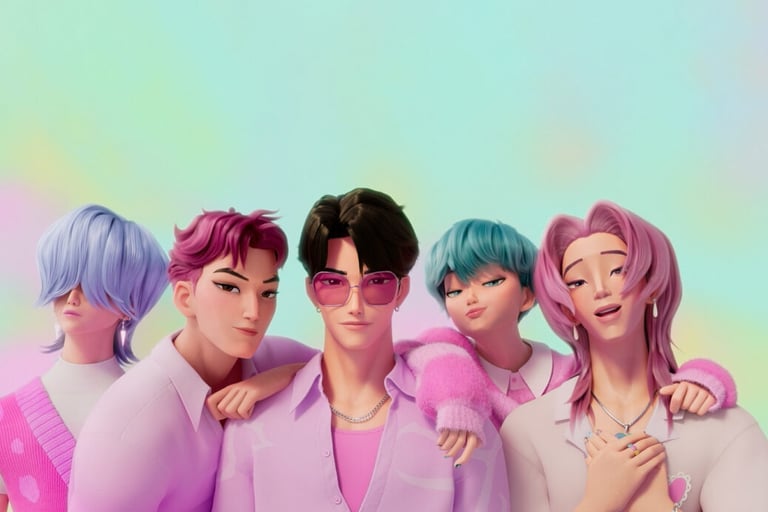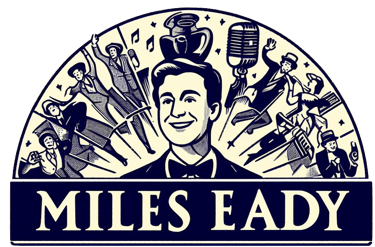KPop Demon Hunters: How the Netflix Hit Secretly Revives the Golden Age of the Film Musical
The definitive guide to how KPop Demon Hunters works as a classic film musical,
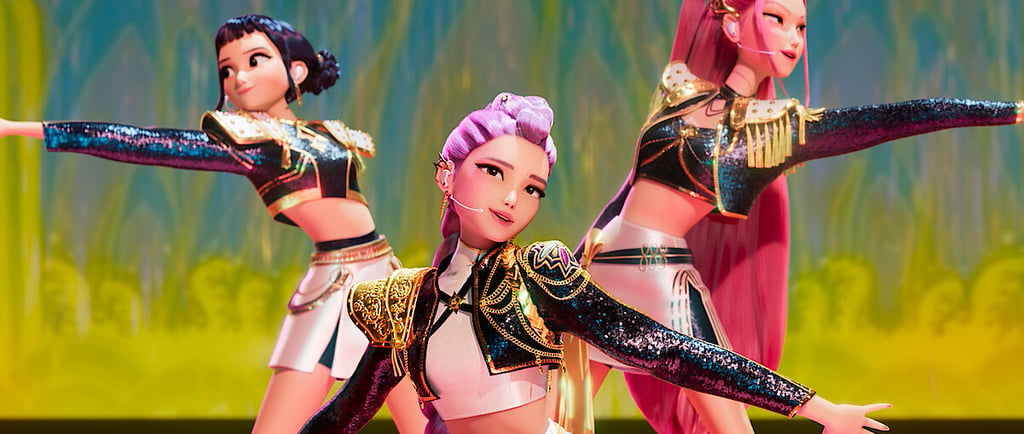

The global surge in interest around KPop Demon Hunters, Netflix’s chart-dominating K-pop fantasy film, has led to discussions about fandoms, animation styles and demon mythology. But beneath the stylish neon glow and dance-battle pyrotechnics lies something older, wiser and far more important: the unmistakeable DNA structure of the classic Hollywood musical.
This undeniably modern K-pop movie follows the carefully engineered architecture that powered the great Golden Age musicals: songs as character revelations, storytelling through melody, emotional turning points achieved through harmony rather than exposition. This is Dream Girls meets K-pop choreography, with a dash of demon banishment for flavour.
And thanfully it is teaching a whole new generation about how a film musical works.
The Opening Number — World-Building With Bass
How It’s Done serves as the film’s declaration of intent. In one exuberant sweep it sets out the rules of the world, defines the group’s identity and threads the central conflict through dance and song. This is the time-honoured craft of musical world-building. We are ushered into their universe in the same way as Belle lets us into Beauty and the Beast, Tradition paves the way for Fiddler on the Roof or Circle of Life paves the way for The Lion King.
Music as the Story, Not Decoration
One of the joys of the greatest movie musicals — from MGM to modern Disney — is the moment when feelings swell beyond the limits of speech and the characters do the only sensible thing: they sing. KPop Demon Hunters embraces this wholeheartedly. The filmmakers developed the music and script together, a process that would earn approving nods from Rodgers, Hammerstein, Sondheim and Lloyd Webber. This is what musical-theatre writers call integrated musical storytelling. Every song advances the narrative. Every lyric has a narrative meaning. Every melody shifts the emotions. In a genre where songs can sometimes feel like promotional tie-ins, this is almost revolutionary.
Rumi’s “I Want” Song — A Textbook Example
In The Wizard of Oz, Dorothy dreams of going Over the Rainbow; in The Little Mermaid Ariel dreams of land and to be Part of Your World. Rumi’s yearning, defiant “This Is What It Sounds Like” is a classic "I Want" song; in the classic musical character arc she dreams of finding her place in a fractured world.
Love Duet Meets K-pop Counterpoint
The quiet romantic duet “Free” gives the film another musical staple: the softening around the edges, the promise that harmony can exist even when demons erupt from the pavement. The song uses musical counterpoint, a technique beloved of classic musicals like West Side Story and Les Misérables, where competing melodies clash and intertwine.
The Production Number — Reimagined as a Battle
The film’s action sequences are choreographed like full-scale production numbers. Where Busby Berkeley once marshalled chorus girls into kaleidoscopic formations; here, HUNTR/X mix musical craft and animated spectacle, performing fierce choreography, demon banishment rituals and sound design cut precisely to the beat.
The Villain Song as Diss Track
Every great musical worth its overture gives the antagonist a moment to unfurl their philosophy in song. Think of The Little Mermaid's Ursula bargaining her way through “Poor Unfortunate Souls,” or The Lion King's Scar pacing the savannah in “Be Prepared.” These numbers share certain traits — swagger, theatricality, a hint of glee at impending doom.
Takedown, the Saja Boys’ contribution to KPop Demon Hunters, sits squarely in that lineage. It is a classic villain song: self-aggrandising and steeped in the pride that inevitably precedes a fall as they announce themselves in song so we may enjoy their undoing later.
The 11 O’Clock Number — “Golden” and the Art of Transformation
Traditionally placed late in the second ha;f, the 11 o’clock number is the moment a musical’s protagonist faces the truth they’ve been edging around since the overture. “Rose’s Turn,” in Gypsy or "Defying Gravity,” in Wicked all belong to this lineage — songs that catch fire because they are sung at the point of no return.
In KPop Demon Hunters, that honour falls to “Golden”; the emotional fulcrum of the film. Rumi’s voice carries the weight of reconciliation, identity and resolve, binding together everything the story has been weaving together since the opening number. Where earlier songs establish character, tone and conflict, “Golden” transforms them as the heroine articulates her change aloud, in music when speech is too small for what she has become.
The Finale — The Reprise as Restoration
The best musicals end with recognition. A reprise brings back a key melody, reshaped by the characters’ journey — a musical way of saying: we are not who we were when this began. From the “Do-Re-Mi” reprise in The Sound of Music to the joyous curtain-call medleys of Hairspray and Mamma Mia!, the technique is deceptively simple.
KPop Demon Hunters honours this tradition with its reprise of “Golden.” What began as an anthem of self-definition becomes, by the finale, a collective statement — a world restored through harmony. The melody hasn’t changed, but its meaning has deepened, which is precisely how great musical endings work. In reinstating the barrier between the human and demon realms, the film resolves both plot and emotion through music, not exposition.
Why It’s Worth Celebrating
There’s something heartening about discovering that one of the most-watched animated films of the year is also an impeccable demonstration of classic film-musical craft. KPop Demon Hunters doesn’t parody musical structure or dabble in it ironically; it understands it. It understands why opening numbers must be expansive, why “I Want” songs must ache, why villain numbers must strut, why 11 o’clock numbers must break something open and why the finale must stitch everything back together again.
In a cultural moment where the film musical is dismissed as old-fashioned, KPop Demon Hunters stands as a reminder of the form’s potency. It shows a new generation — many encountering these structures for the first time — that musicals aren’t museum pieces but vibrant narrative engines. The fact that this revelation arrives packaged in K-pop gloss and demon mythology only makes it more fabulous: a modern blockbuster that knows its history, honours its mechanics, and sings its tradition.
Watch
Before you watch: these videos are official releases and still live at time of posting.
Making Of KPOP DEMON HUNTERS - Best Of Behind The Scenes, Voice Cast Bloopers & Deleted Scenes
This featurette shows the animation process, interviews with the cast, creation of the music, choreography and character designs.
“Golden” Official Lyric Video
The official video for “Golden.”


